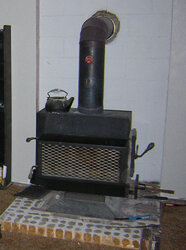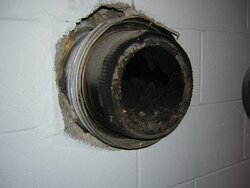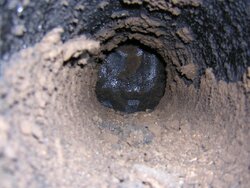I have an old Solar Key. I'm not sure how old it is, but I try to heat the whole house with it and can keep the furnace from kicking on most days. I usually go thru about 5-6 cord per season. I'm in the middle of a basement remodel and was wondering if it would be worth it to replace that with a newer, more efficient stove.
Can anyone give me an idea of some pro's/con's and how much would I might save?
Thanks
Can anyone give me an idea of some pro's/con's and how much would I might save?
Thanks


 Not on the list. Darn
Not on the list. Darn



